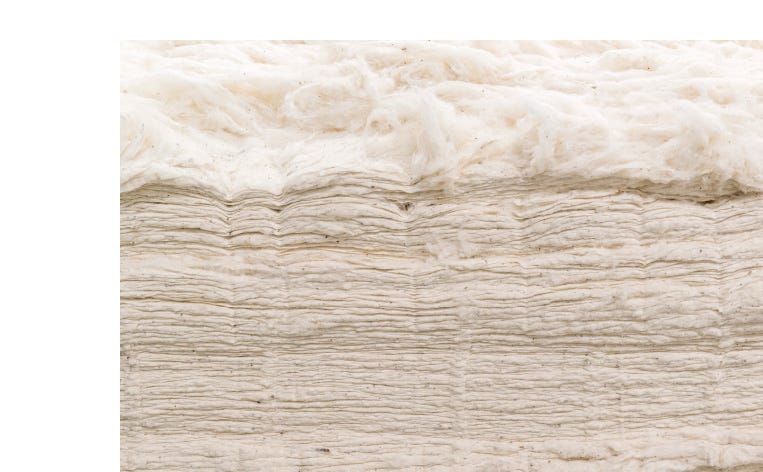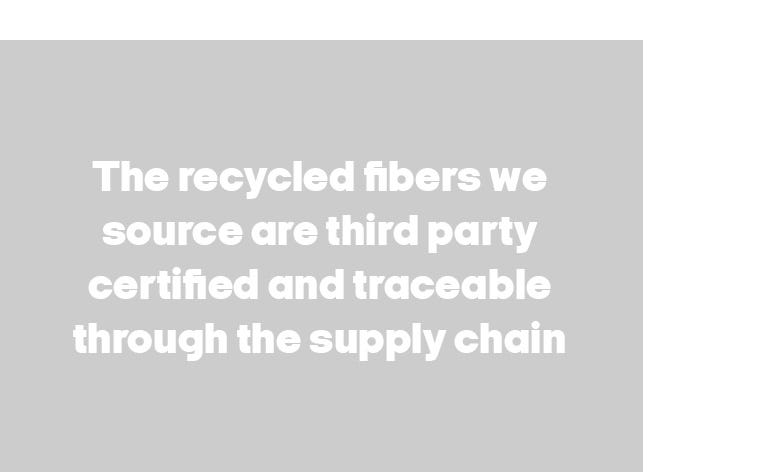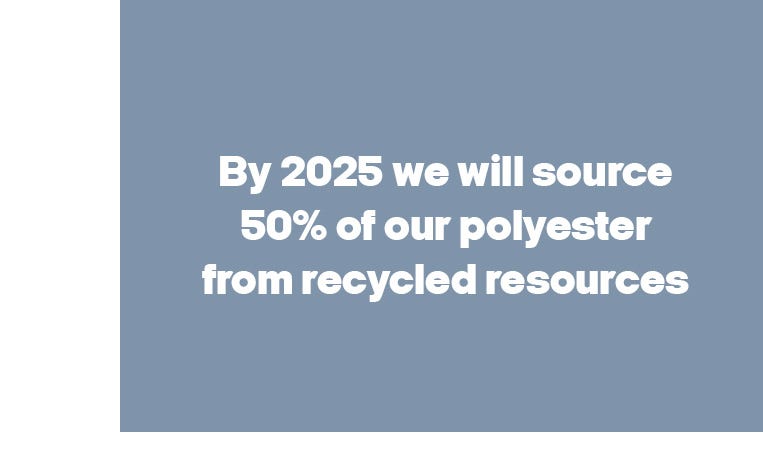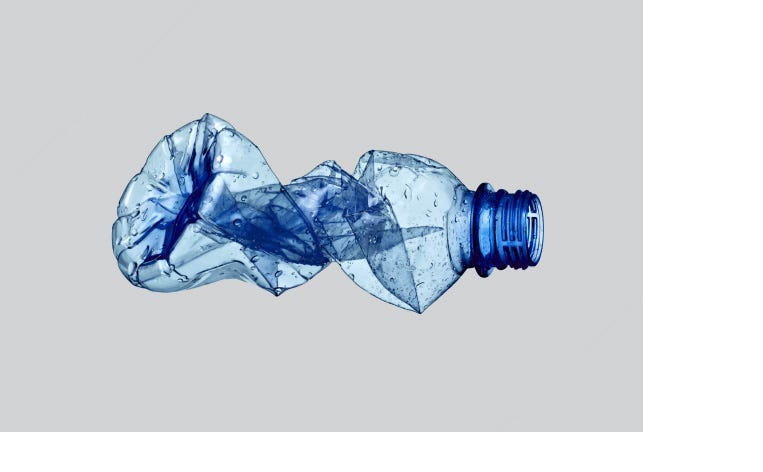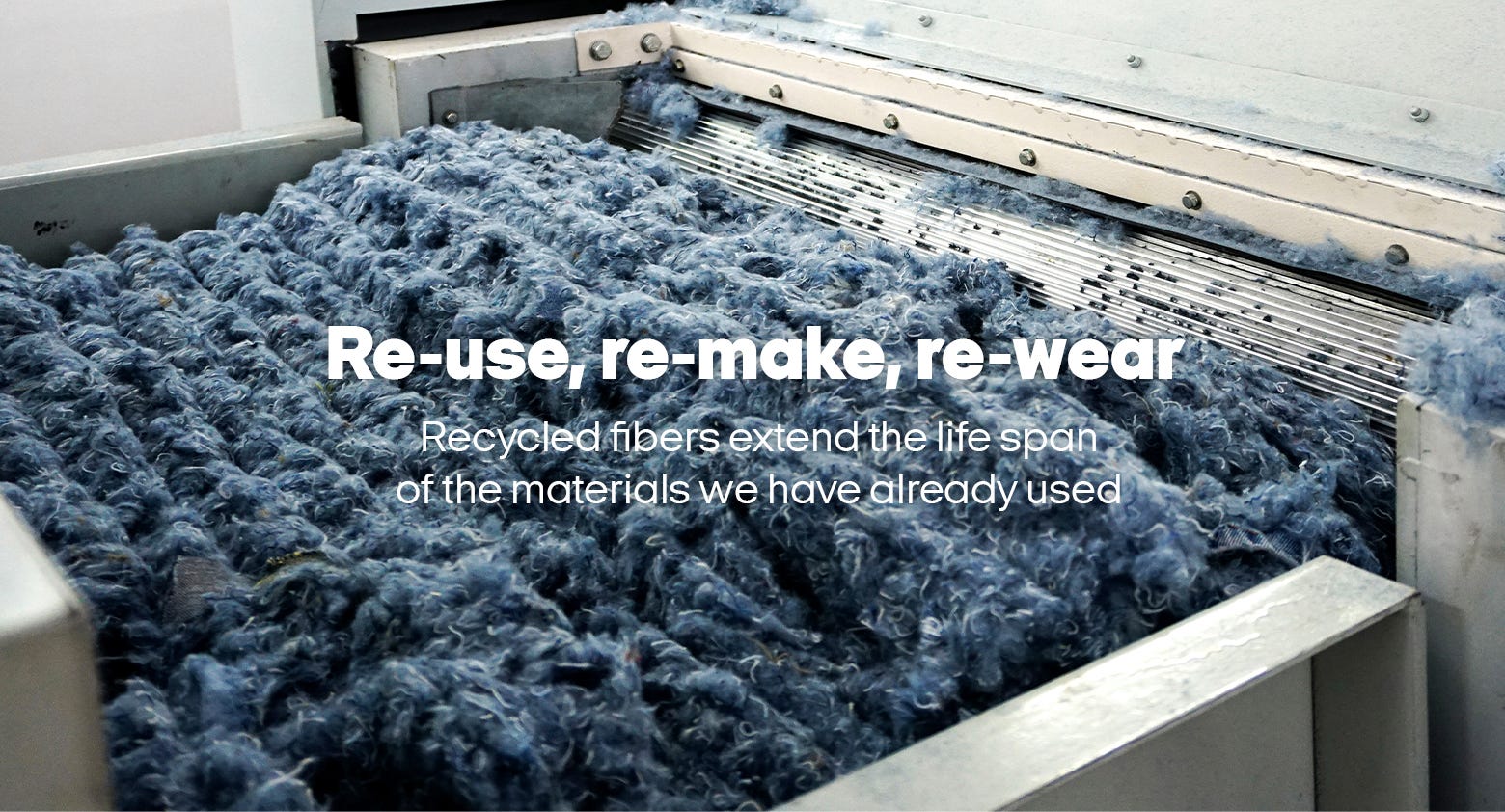

It takes a lot of resources to produce raw material such as cotton, wool and polyester – from the land the sheep are grazing on to the use of water growing cotton plants. Luckily there is another great solution to source raw materials– recycled fibers extend the life span of the fiber or material which has already been produced. The longer and more often we use a fiber, the more value is gained from the raw material.
Recycled fibers can contain recycled raw material, as well as used, reconditioned and re-manufactured components. There are two types of resources for recycling:
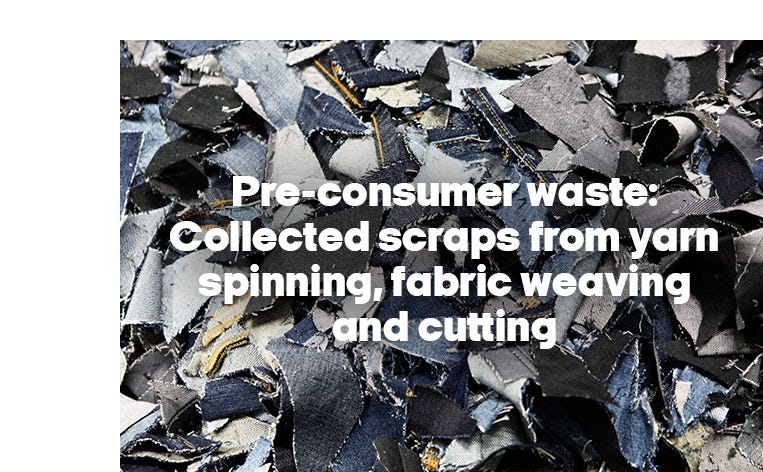
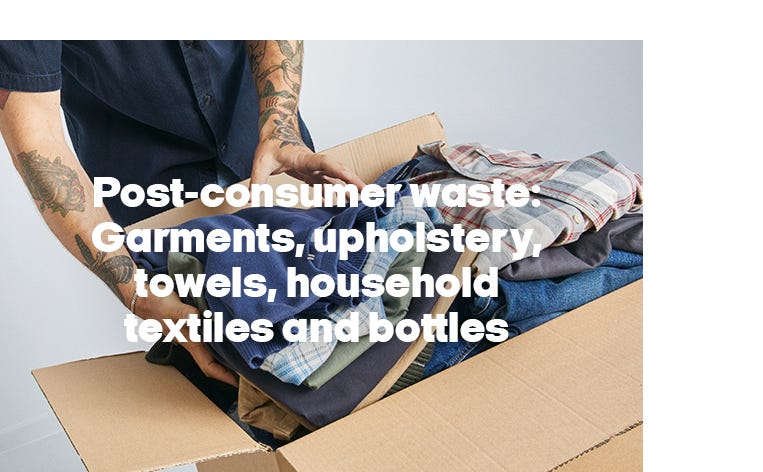
Today most of the recycled cotton or wool fibers are made of pre-consumer waste, such as cutting scraps – read more about our CYCLO products. Post-consumer waste is indeed not that easy, because the input such as used clothes comes in different colors and material blends. Not only needs the textiles be sorted into color and material, but also disassembled of trims to go into different recycling streams. Long story short post-consumer recycling is a quite labor-intensive process.
Post and pre-consumer waste can be recycled in several ways, mechanical or chemical - textile-to-textile or bottle-to-textile.



